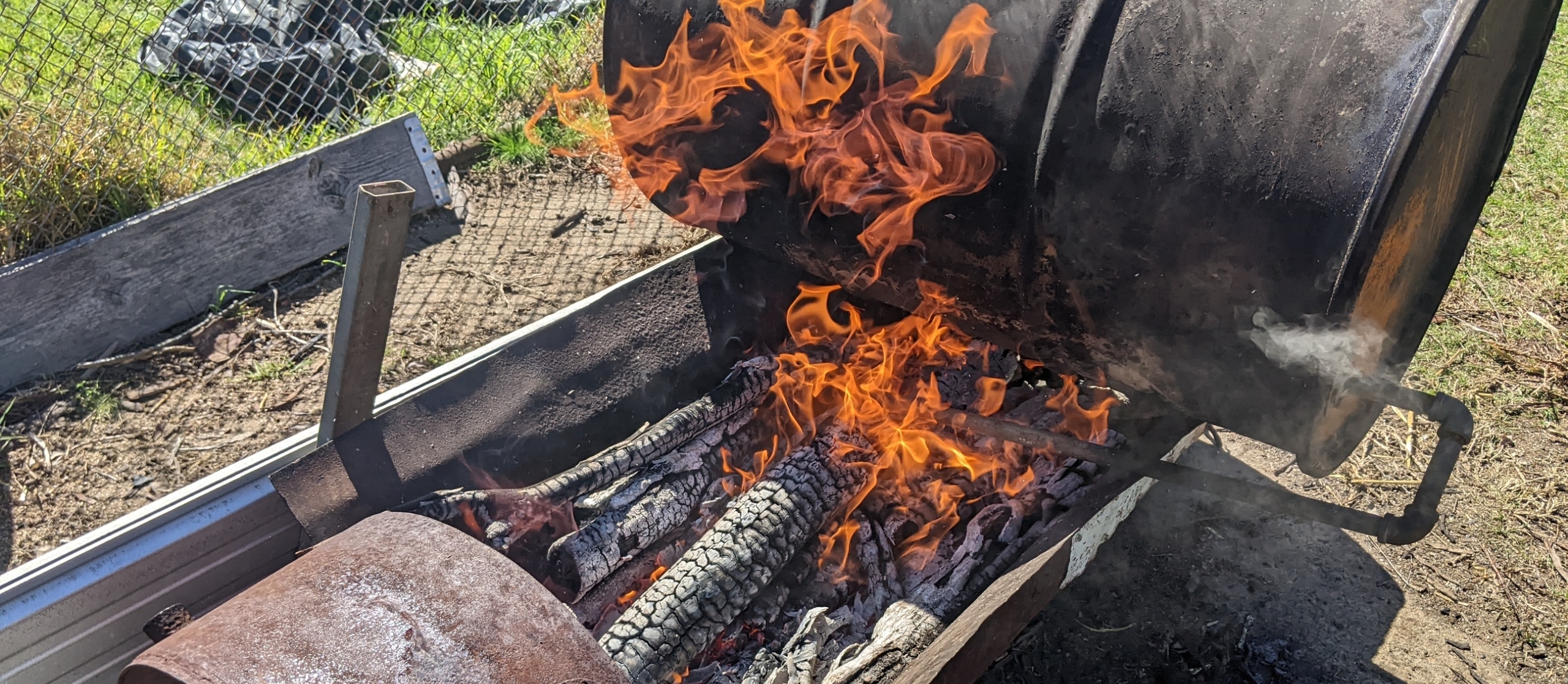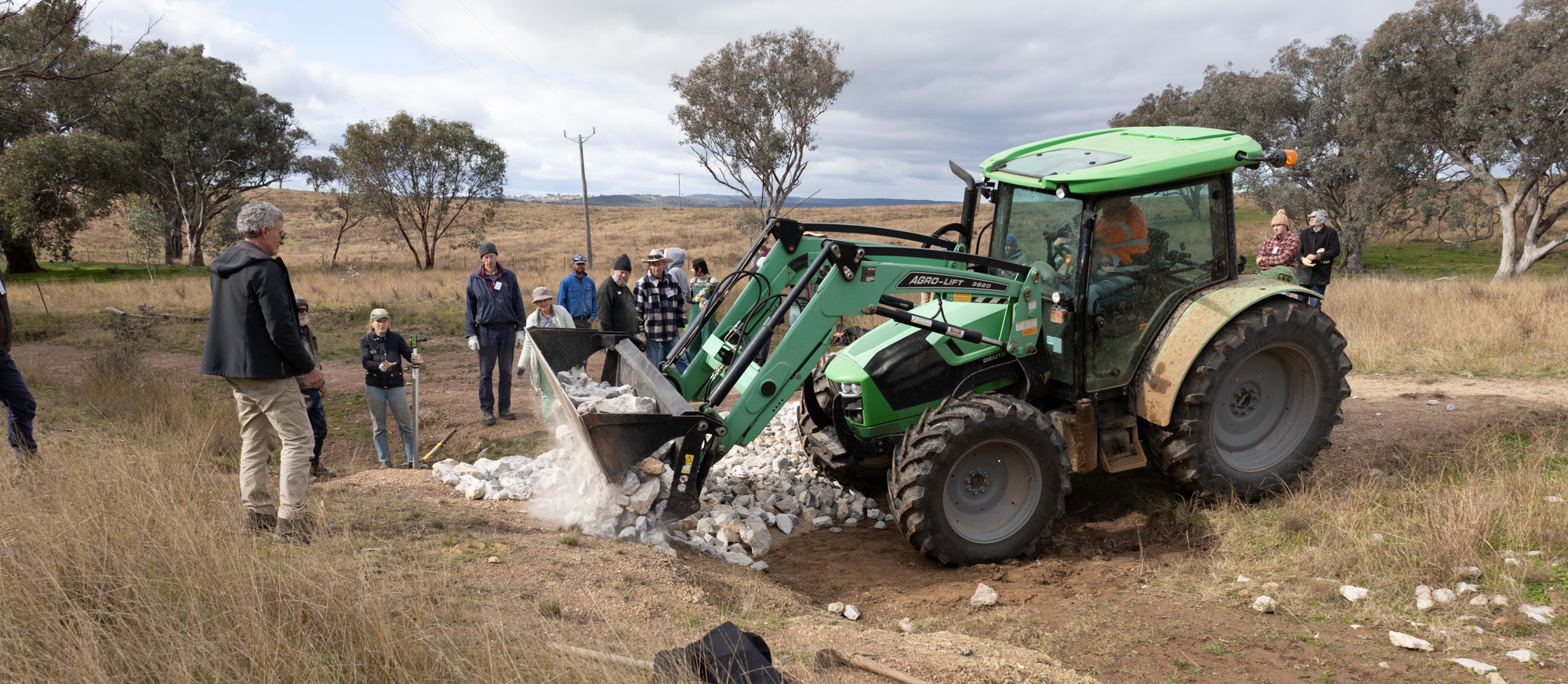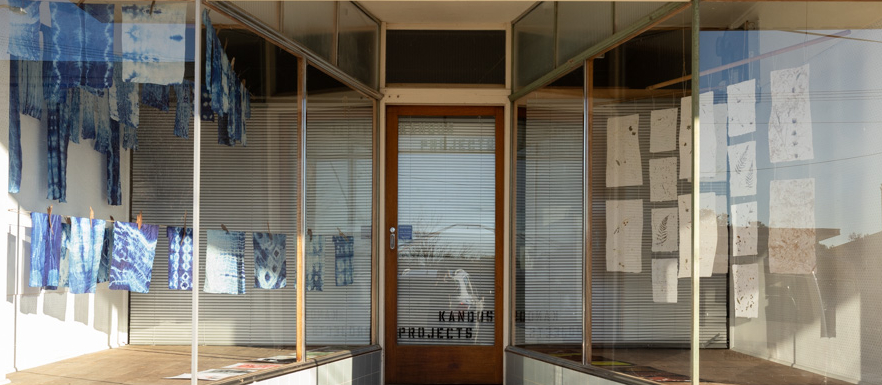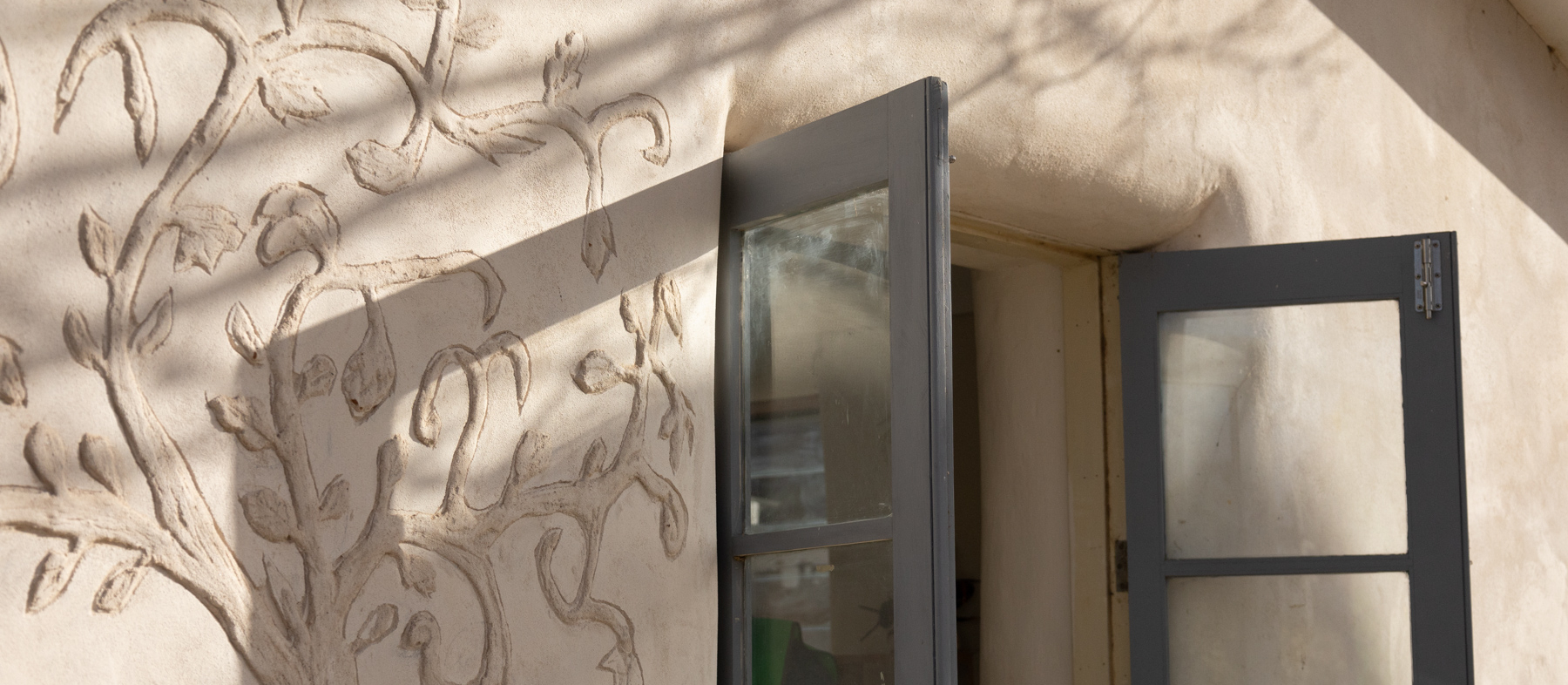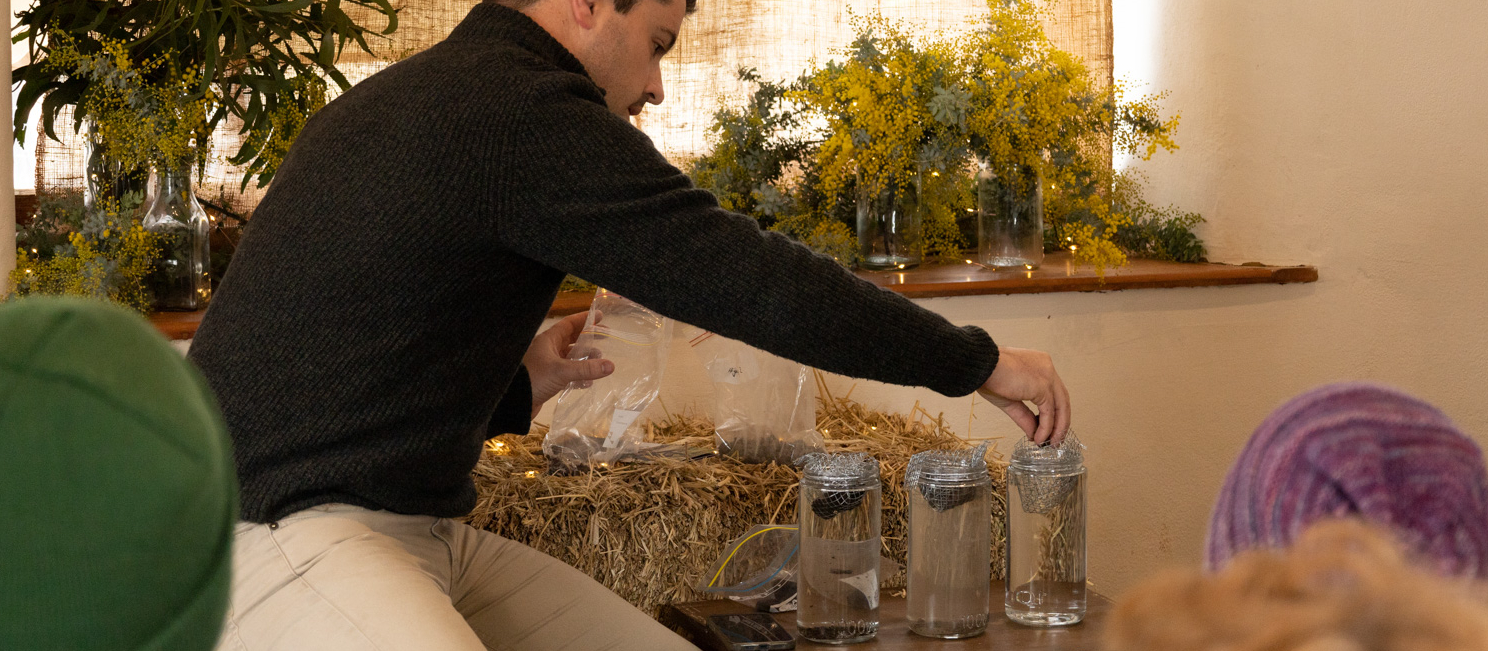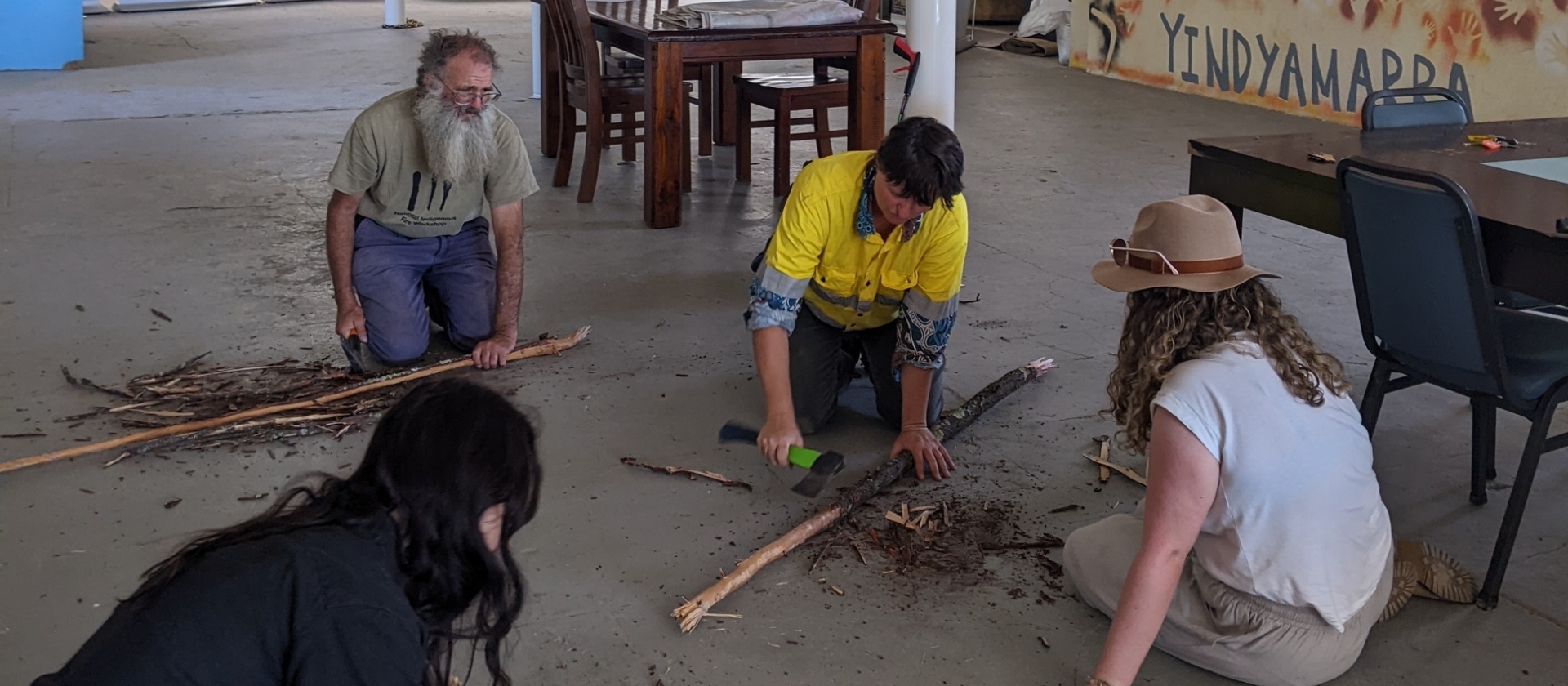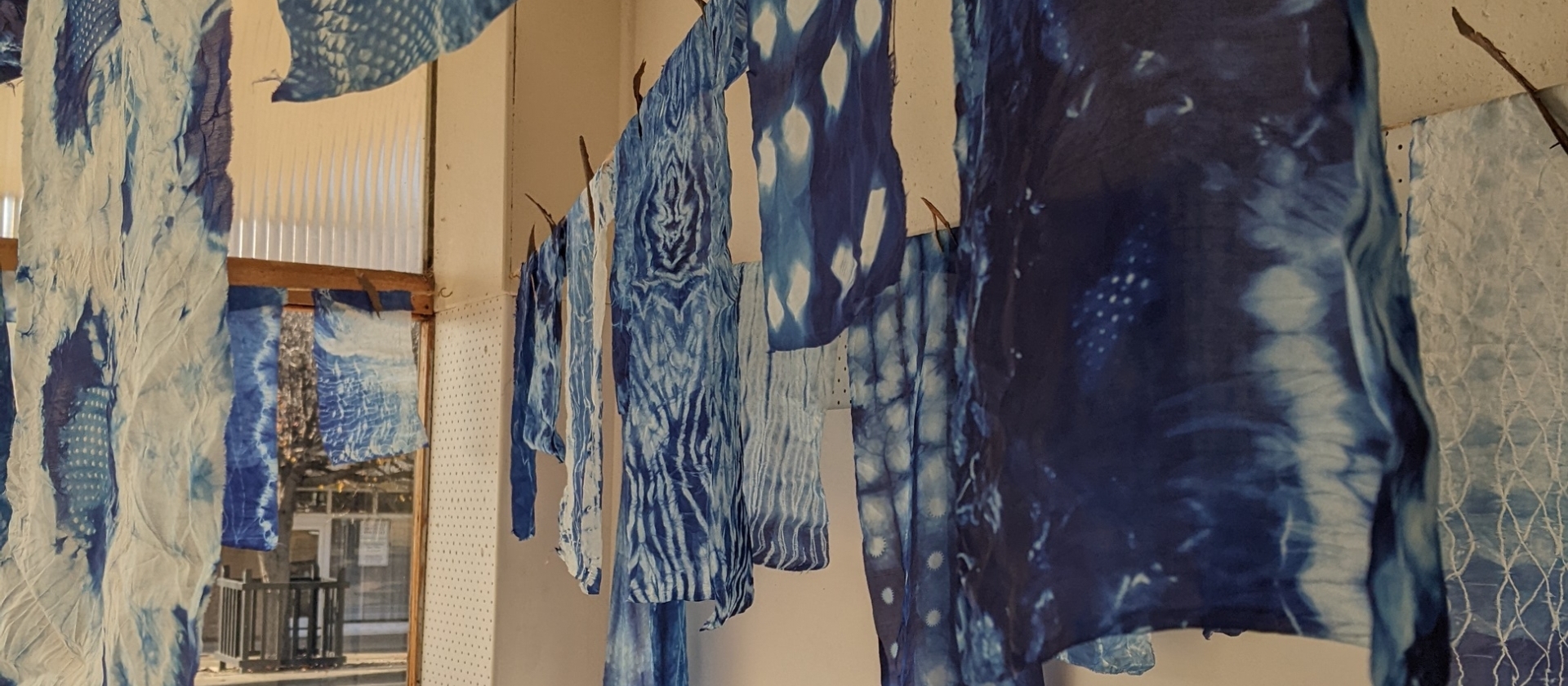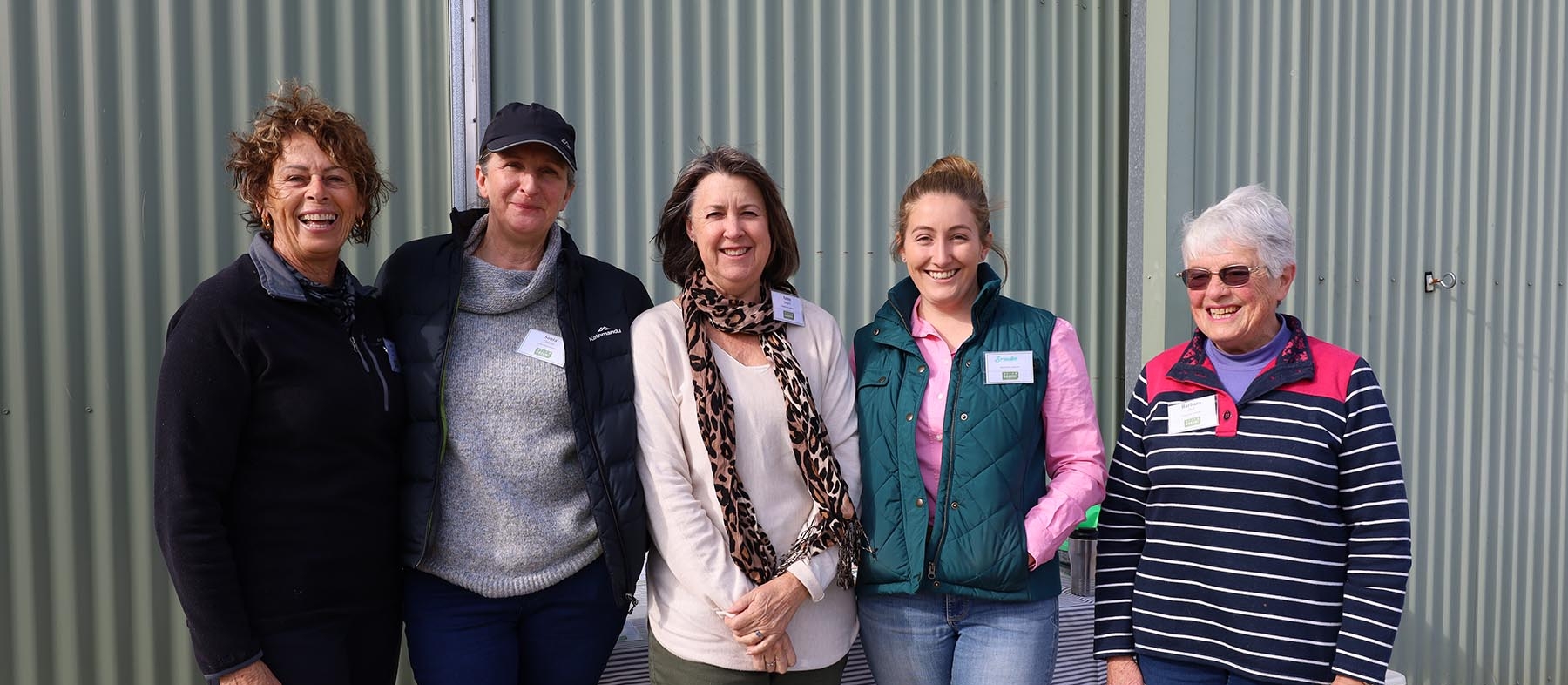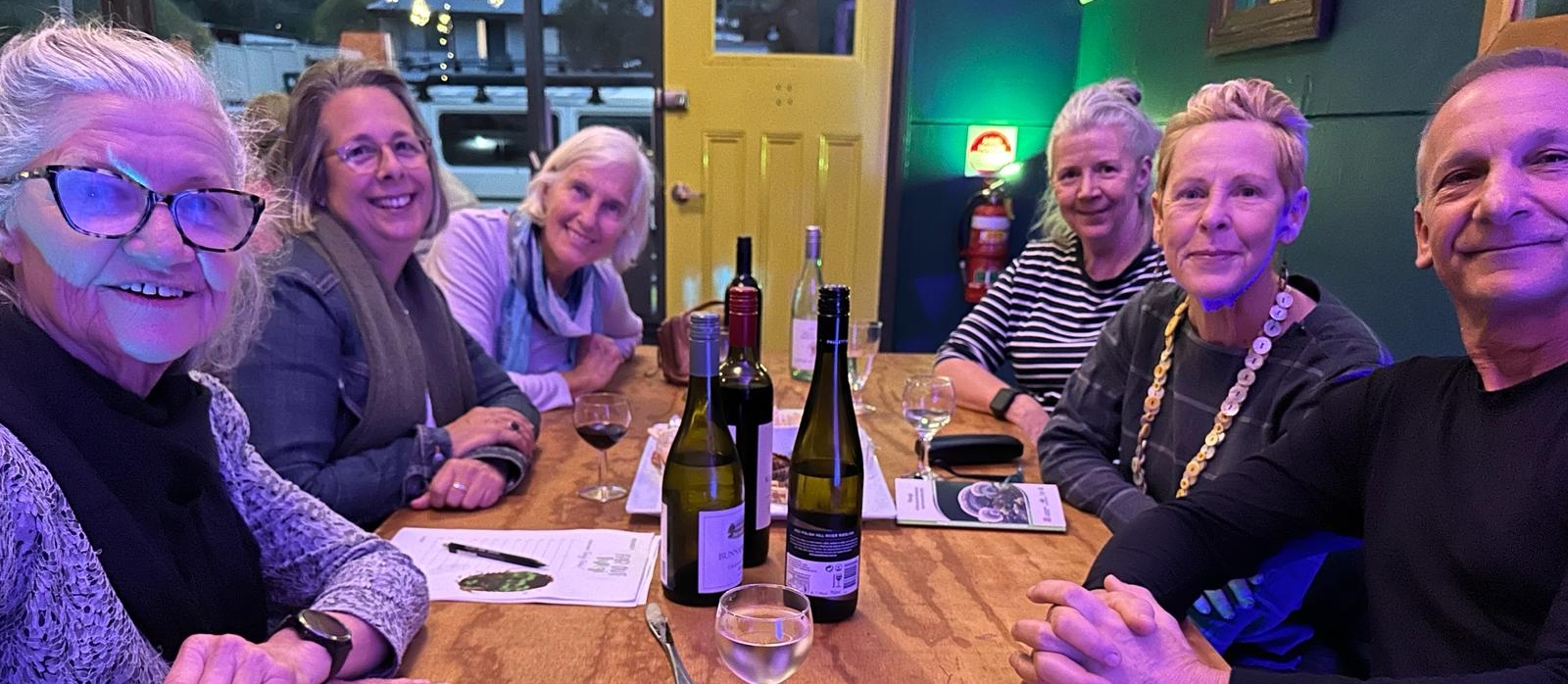Conservation in Action!
Published 27th May 2022. Written by Maddison O’Brien
It’s not every day that leading conservationists, scientists, and community leaders get together in the Central West. The Conservation in Action conference is an event where the most innovative and dedicated environmentalists can share their research and projects with others to inspire and inform. Over 150 people gathered on the 2nd – 4th of May 2022 to learn about topics focused on climate change, wildfires and wildlife.
Watershed Landcare sponsored seven individuals in the community to go to the conference. Hugh Jones was one of the members who went along and came back feeling inspired. “The talks were varied and extremely interesting. I was impressed by the overview of the captive breeding programs for the Greater Bilby and Regent Honeyeater, which revealed the enormous dedication of those who are working to save those species.”
David Lindenmayer presented some fascinating research on long-term perspectives of fire and biodiversity. Shireen, who attended, found David’s talk the most interesting “It illustrated how our current approaches are not working to reduce the severity or intensity of wildfires in our landscape. We need more unburnt forest, not less, as older forests are less likely to suffer high-intensity fires.”
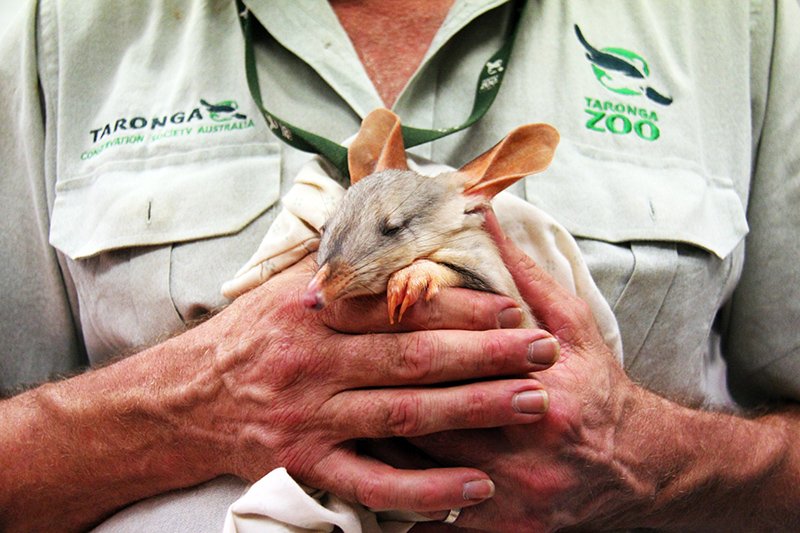
Taronga Western Plains Zoo in Dubbo has demonstrated success breeding Greater Bilby’s and building their numbers in sanctuaries. Image Credit: Paul Fahy/Taronga Zoo
Over the three days, we were shocked to discover how dire the situation is for some species. Huw Evans, monitoring a Newnes Plateau shrub swamp, explained that the swamp’s hydrology has changed dramatically because of underground mining. After the Black Summer fires burned the peat layer, the Blue Mountains Water Skink and the Giant Dragonfly disappeared from the area.
It wasn’t all doom and gloom; we heard success stories about breeding programs, feral animal control, and 3D printed nest boxes. We learned about some incredible innovations led by Alicia Scanlon, designing bridge modules that provide microbat habitat in new bridge constructions. Wiradjuri woman Kate Harriden gave a captivating talk on Indigenous Science. Kate is working to bring back the spiritual aspects of water at a council level, especially when dealing with ‘storm water’ and creating resilience to drought and habitat as a result centring Country in our decision making.
Cheryl, who attended the conference, explained the key takeaway for her “It has reinforced the importance of keeping the land hydrated and covered with green plants to increase the organic matter and water holding capacity. By utilising the opportunities from organisations such as Landcare and other community groups, we stay connected with like-minded people.” To stay up-to-date with opportunities through Watershed Landcare, consider becoming a member.



